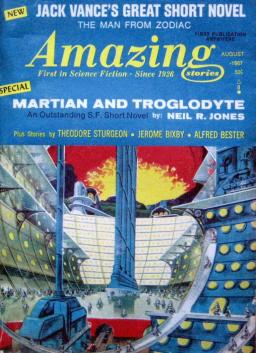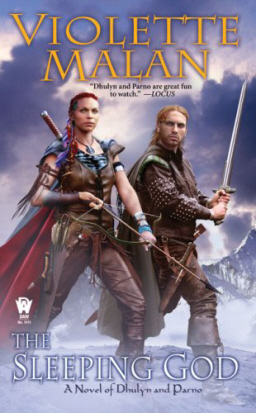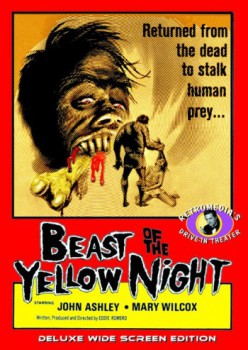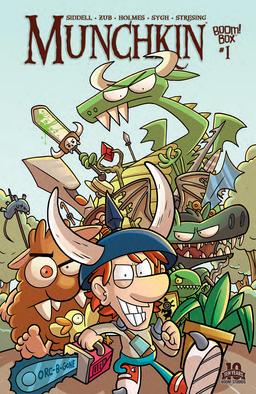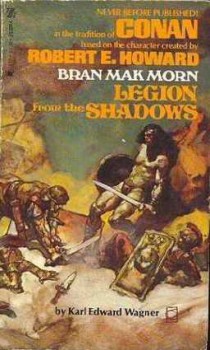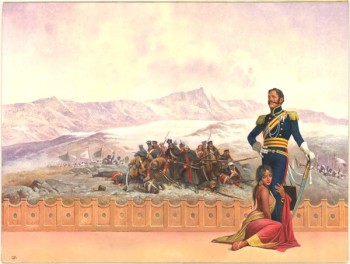Belated Movie Reviews #3: Blood of Heroes
 The 80s were quite a time for movies (word has even reached me that certain millennials have discovered the decade over at Tor.com), and some of my favorites are firmly rooted in that era — and one of my favorites from that decade is the 1989 Rutgur Hauer, Joan Chen, Vincent “REH” D’Onofrio effort The Blood of Heroes (BoH).
The 80s were quite a time for movies (word has even reached me that certain millennials have discovered the decade over at Tor.com), and some of my favorites are firmly rooted in that era — and one of my favorites from that decade is the 1989 Rutgur Hauer, Joan Chen, Vincent “REH” D’Onofrio effort The Blood of Heroes (BoH).
BoH stands both above and beside the many other dystopian movies for being a post-apocalyptic sports movie. And here’s the thing — that is ALL it is.
The apocalypse that put the world into such a sorry state? Not discussed — too busy trying to put a dog skull on a stake.
The high-tech dingus that will turn things around? That doesn’t happen in this movie — too busy winning matches in the hinterlands.
The guy-who-knows-the-only-weakness-of-Lord Motherraper? Also does not happen. Gotta win matches in the hinterlands to get into the Red City match.
But surely Joan Chen is going to get revenge on Lord Motherraper for murdering her family when he was roaming the world for steel and they wouldn’t name another target, a military target.
NO! Her family is alive and well, she just wants more out of her life than sustenance farming. And that means being a kwik for a team of juggers, sticking dog skulls on stakes in the hinterlands to win enough matches to play in the Red City and the big leagues!
